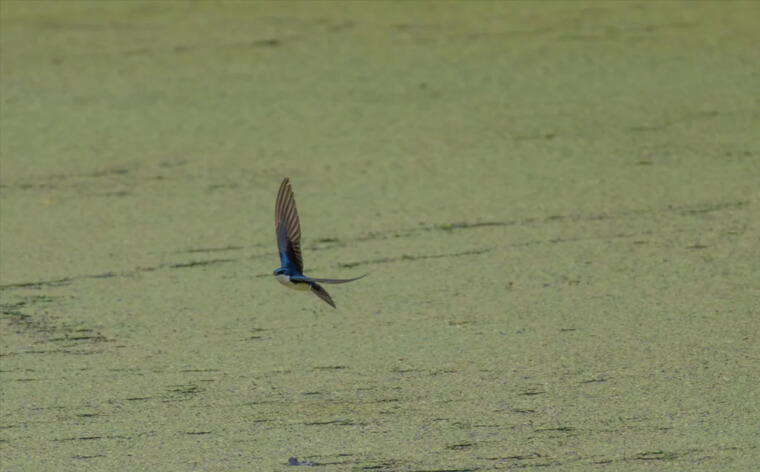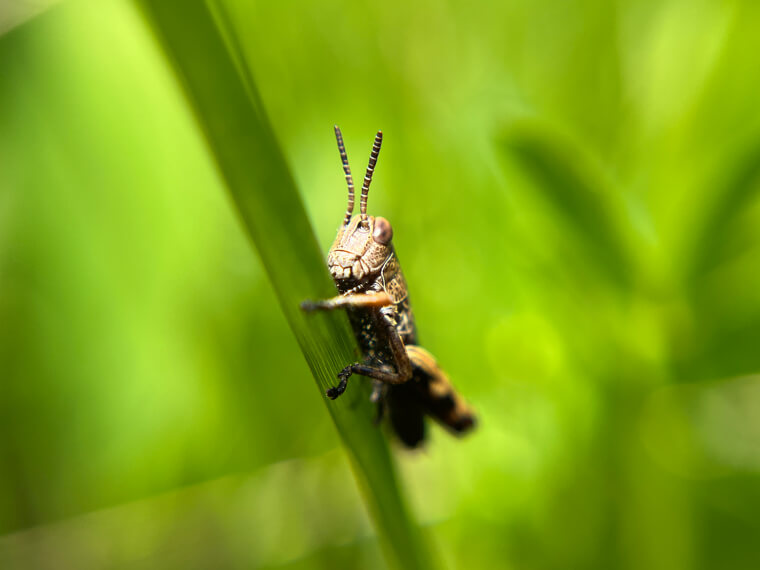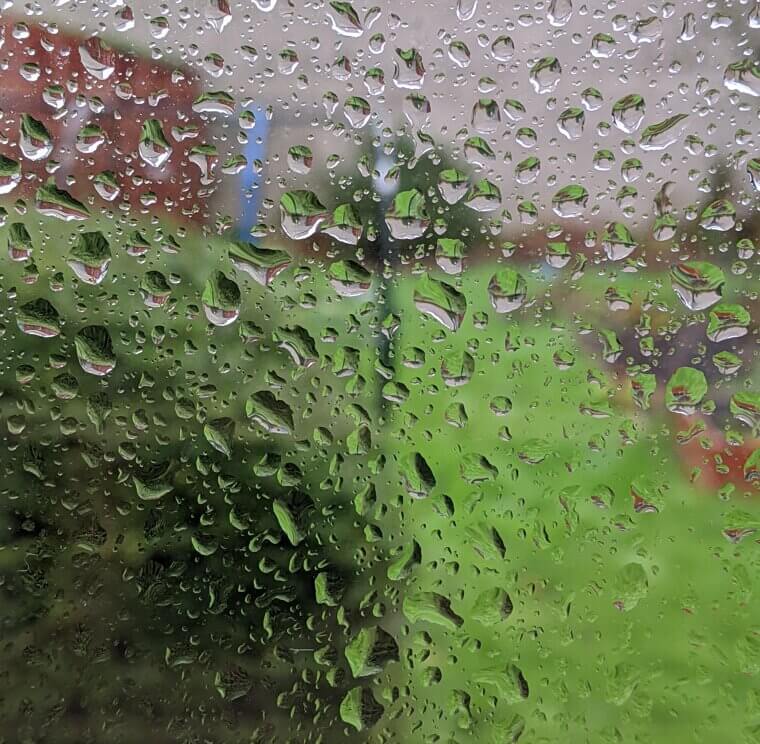Red Sky at Night, Sailor’s Delight
Sailors recite this rhyme across Britain, the Mediterranean, and English-speaking seas because a ruby sunset feels like tomorrow’s promise. In mid latitudes, storms usually march west to east, so a clearing sky at dusk often signals a front departing and dry air sliding in behind it. The trick works best in stable summer patterns, not in mountains or tropics that remix winds. To spot it, look for the low Sun lighting dust on the western horizon while clouds thin. Pretty, useful, and occasional, most days. Save picnics, steer small plans.
Halo Round the Moon Means Rain or Snow Soon
Across Europe, North America, and East Asia, a halo round the Moon is treated as nature’s memo. Ice crystal cirrostratus bends light into a crisp 22-degree ring, and those thin milky decks often run ahead of warm fronts by a day or so. Precipitation odds rise, though halos can appear without storms. Scan for a bright ring with faded stars and a soft veil across the sky. Pair the sighting with pressure falls and an uptick in wind. It is folklore that frequently checks out in real life often.
Swallows Flying Low Bring Rain
From Europe to China and Japan, swallows swooping low are treated as pocket forecasters. In humid, low pressure air, insects settle nearer the ground, so the birds follow dinner and draw neat, fast loops over fields and ponds. It is a handy short term hint rather than a weeklong outlook. Watch for busy traffic just above grasses on muggy afternoons, especially before a change. Add falling pressure and thickening middle clouds to boost confidence. Birds chase bugs, not barometers, yet their instincts often tell you to grab the umbrella soon.
Cows Lie Down Before It Rains
Across rural North America and Europe, a pasture of resting cattle invites rain talk. Cows ruminate more in cooler, damp conditions and sometimes rest to keep a dry patch of grass, so the scene can line up with showers. Plenty of false alarms happen, since cows sit for comfort, shade, or herd behavior. For a better read, pair the sighting with falling pressure, thicker humidity, and darkening mid-level clouds. If swallows also skim low, your odds improve. As a solo signal, cows are charming, not decisive on any day.
Pine Cones Open for the Sun and Close for the Rain
In Scandinavia, the Alps, and the British Isles, pine cones play the role of a weather station at breakfast. Their woody scales are hygroscopic. They open in dry air to toss seeds and bend shut when moisture rises, which often precedes rain. Think of them as humidity meters rather than storm trackers. To try it, compare a cone in the morning with the same cone at lunch on a changeable spring day. Match closing cones with wind shifts, pressure drops, and a whitening sky. Simple, local, and surprisingly dependable for timing laundry or picnics.
Crickets Count the Temperature
Across North America and Australia, people swear crickets count the temperature. Metabolism speeds with warmth, so chirp rates climb, a pattern known as Dolbear’s law. Different species sing differently, and wind or passing cars confuse counting, but the trick is fun. Count the number of chirps in fifteen seconds, then add forty to estimate the Fahrenheit temperature on calm summer nights. While it cannot replace a thermometer, it can transform a porch into a laboratory setting. If frogs join in, expect humidity and possible showers. Use patience, then compare with your kitchen thermometer.
Mackerel Sky and Mare’s Tails Mean Change
Sailors from Britain to Polynesia read a mackerel sky and mare’s tails as a heads up. Fish scale altocumulus and long wispy cirrus often arrive ahead of fronts as winds aloft veer and moisten. The pattern signals change rather than exact strength. Watch for patchy, rippled mid cloud and streamers pointing toward incoming weather. If the barometer falls and low clouds thicken by evening, expect rain or wind within a day. It is ancient skycraft that still helps travelers plan sails, hikes, and laundry without opening an app for many.
Teru Teru Bōzu Keeps Rain Away
In Japan, children hang a teru teru bōzu, a little white paper doll, to ask the sky for sunshine. The charm appears before school trips, rice harvests, and festivals, blending hints of Shinto with folk practices. It carries zero forecast skill, yet morale rises when a smiling face swings under the eaves. You will spot them the day before picnics, when hopes are high and clouds are iffy. Weather or not, the ritual builds community around the window. That is a win for any household that enjoys watching streaky skies in springtime.
St Swithin’s Rain Lasts Forty Days
Across the United Kingdom and Ireland, St Swithin’s Day on 15 July carries a soggy warning. If it rains, folklore says wet weather lingers for forty days. The number is poetic, but the idea nods to the jet stream. A mid-July pattern often locks in for weeks, bringing either smiles or groans. Use it as a reminder to review the late July charts and plan your gardens accordingly. It's not destiny, but just persistence. Umbrellas near the door are sensible, and water butts fill nicely when the pattern stalls during some British summers.
Groundhog Sees a Shadow, Winter Hangs on
In the United States and Canada, a groundhog emerging on 2 February faces legend. If it sees its shadow on a sunny morning, winter supposedly lingers six more weeks. The ritual blends midwinter folklore with German Candlemas traditions and civic cheerleading. Accuracy is modest, yet the pageant builds awareness of seasonal shifts and reminds people to check real outlooks. Treat it as a community forecast party, then read what your regional meteorologists expect. Either way, hot cocoa wins. Shadows come and go, but neighbors in scarves make the weather feel shared.
Frogs Singing Loud Call the Rain
Across South Asia, West Africa, and the Americas, evening frog choirs often precede showers. Many species call to breed when humidity rises or fresh pools appear after the first drops. It is a fine hint for tonight rather than next week. Listen for a sudden surge in volume after hot, dry days as clouds thicken at dusk. Pair the chorus with a sticky breeze and a falling barometer to boost confidence. Either way, consider it a neighborhood concert with practical benefits for gardeners and open window fans on sultry evenings.
Seaweed Tells the Weather on the Wall
On the coasts of Britain and Ireland, a strip of dried seaweed sometimes hangs by a doorway as a homespun hygrometer. When air turns moist, it softens and droops, hinting that rain may be near. It reads humidity rather than storms, so pair it with wind shifts and falling pressure for a more accurate forecast. Try hanging kelp by a door, then compare its mood with your barometer and note the results. It is quirky, low tech, and charmingly accurate at times, especially during misty southerlies off the sea before unsettled coastal days arrive.












